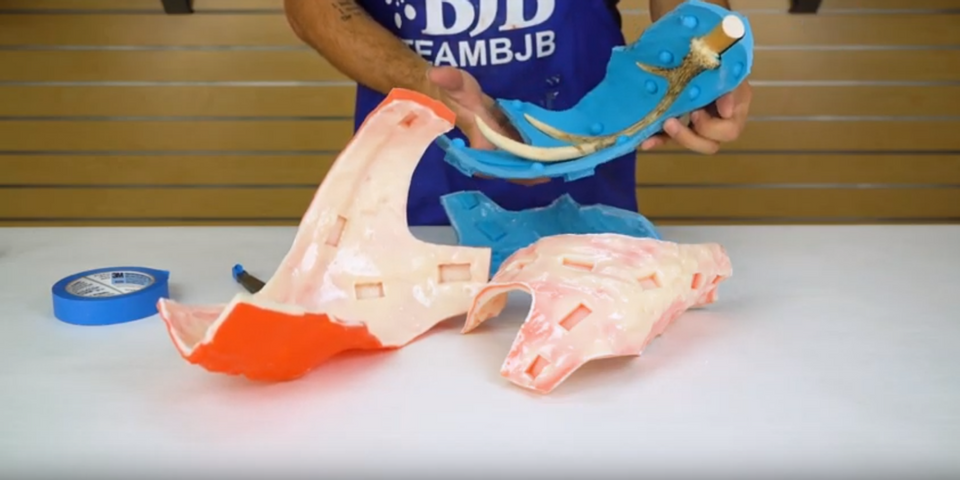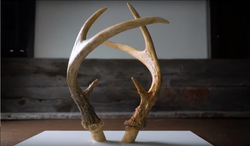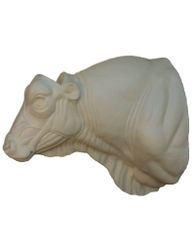
To preserve and display wildlife of all sizes, from small bird heads to medium-sized fish bodies to large deer antlers, taxidermists rely on a variety of polyurethanes. These liquid plastic casting resins are ideal for taxidermy because many of the systems are economical and easy to handle for hand casting and rotocasting. Foam and rigid polyurethane are used to provide durability, and silicone rubber molds with high detail are used for casting. The following explains the details of the taxidermy materials.
3 Common Materials Used for Taxidermy
1. Rigid Polyurethane

Rigid polyurethanes are tough enough to produce long-lasting, highly detailed replications of wildlife in all sizes and shapes. Antler replicas are often created with rigid polyurethane as well. Translucent products are well suited for forming fish fins and eyes. Rigid Shore D Hardness products are also ideal for building taxidermy cores and silicone mold back-up jackets. The finished polyurethane cast parts can be painted, stained, or pre-pigmented to produce a realistic color.
2. Polyurethane Foams
These foams are used to produce

rigid taxidermy cores of all sizes. For many years taxidermists around the country have relied on foam to help them create beautiful and lifelike mounts of all types of fish and wildlife. Foam can be mixed by hand and poured into molds. After expansion, the lightweight foam can be easily cut and shaped to adjust the shape while maintaining the durability to hold tacks and staples.
3. Silicone Molds
Silicone is suitable for building flexible molds as well as thin skinned glove molds that can be backed with rigid polyurethanes to reduce the cost of preserving large parts. Silicone and polyurethane casting materials are used in many aspects of taxidermy to produce realistic wildlife and themed environments. Silicone mold rubbers are often used to make flexible molds of real or sculpted antlers, claws, feet, noses, and many other parts that need to be replicated in plastic or foam. Casting materials, such as polyurethane plastics and polyurethane foam, are then poured into these silicone molds to produce finished parts for display. For the typical low numbers of parts needed to cast and replicate, silicone molds tend to be economical and quick in producing highly detailed and realistic finished pieces.
Check out this detailed video of how a set of realistic deer antlers were made using silicone molds and polyurethane casting materials:
If you’re interested in delving into the world of taxidermy, contact BJB Enterprises in Tustin, CA, for your polyurethane and silicone needs. This company offers a variety of casting materials — from silicone and foam to adhesives and laminate resins — for any project. They’ve served manufacturers throughout the country since 1970, and they’ll help you find all the materials you need. Call (714) 734-8450 to speak with a representative and watch their taxidermy video online to get started.
About the Business
Have a question? Ask the experts!
Send your question

